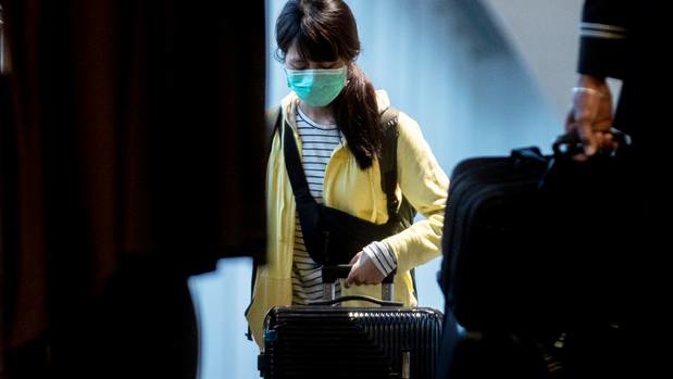
"Manage it".
Those are two words that pandemic planners probably never wanted to hear in a real-world sense.
But it's looking increasingly likely that's the phase of New Zealand's national pandemic plan where officials might be working under next.
We can think of the plan as one plan to rule them all - a central, scaleable framework for all public agencies to use to respond to any pandemic, regardless of the nature of the virus and its severity.
Long before Covid-19 came along, officials predicted it would be an influenza pandemic that most likely caused the next large-scale health emergency in New Zealand.
Crises like this have been rare. The last century, for instance, saw just three major pandemics that reached us – in 1918, 1957 and 1968.
The last sizeable event here was the 2009 swine flu pandemic, in which 19 people were killed and 3,175 cases were confirmed.
New Zealand has had an Influenza Pandemic action plan since 2006, and this was updated in 2017 to reflect new legislation and population calculations.
A severe pandemic – 1918's being the last comparable example – could overwhelm our health system, just as this one was now poised to.
New Zealand's standard planning model assumed a severe pandemic wave in which 40 per cent of the population – or more than 1.9 million people - became ill over an eight-week period.
/arc-anglerfish-syd-prod-nzme.s3.amazonaws.com/public/RA6SRHBXB5CZLNCRTRDH2RNU74.jpg)
The Director-General of Health Dr Ashley Bloomfield says a series of managed peaks would be the best way to manage a Covid-19 outbreak in New Zealand. Photo / NZ Herald
The peak incidence in the model occurs in weeks three to five, when about 1.5 million people − a third of New Zealand's population − would be ill, convalescing or just recovered.
The model also assumed a total case fatality rate of two per cent, within which about 38,000 deaths would occur over the eight-week period, peaking at about 23,500 in week four.
That was compared with New Zealand's normal weekly death rate of around 599.
Yet it still wasn't possible to make such a forecast accurately, given that the pandemic unfolding now might not reflect what played out in 1918.
In only two months, about 9,000 New Zealanders died — about half as many as in the whole of World War I – and about half the population became infected.
The plan worked off six phases, dubbed plan for it; keep it out; stamp it out; manage it; manage it (post-peak); and recover from it.
"Plan for it" was when there were no cases yet in New Zealand, and recommended "increased vigilance and careful risk assessment".
"Keep it out", when human-to-human transmission of a virus able to cause outbreaks had been verified, was the phase authorities worked under early in the year, screening travellers and putting out travel advisories.
In the "Stamp it out" phase – which New Zealand is in now - authorities could ban travel, close schools, restrict public gatherings, and isolate some areas altogether.
In the fourth phase – assuming multiple clusters of the virus was spreading out of control, and which is now being planned for – authorities would consider the need for an epidemic notice, or declaring a state of local or national emergency.
Under this crisis scenario, distribution of critical goods and services around the country could be prioritised by Civil Defence.
Community-based assessment centres to test patients - now being rolled out around the country - would swing into action.
Some models have suggested the country may be in for a large peak of Covid-19 cases.
Ministry of Health director-general Dr Ashley Bloomfield said new research out of the Imperial College of London had caused a re-think in how they would be managed.
Rather than flattening a single peak of cases, the new approach was to attempt to control a series of peaks over time.
Bloomfield said any large peak would exceed the health system's ability to deal with it.
In the fifth phase - in which the wave was decreasing, but the possibility of a resurgence or new wave remained - authorities would move toward restoring normal services, re-opening schools, lifting restrictions on travel and public gatherings, and implementing vaccination programmes.
The final phase focused on recovery and rebuilding population health – and included the option of setting up special recovery offices.
/arc-anglerfish-syd-prod-nzme.s3.amazonaws.com/public/KHFIRBGA3VDC5IFSFAZBOVMF7Y.jpg)
More than 9000 people died in the 1918 influenza pandemic. Photo / File
In a previous study, New Zealand researchers had called for wide-ranging improvements, particularly in the face of massive and modern threats posed by antimicrobial resistance, climate change and rising populations.
They included completing a plan to deal with antimicrobial resistance, with more collaboration between human and animal health sectors; creating labs for highly pathogenic organisms; and developing real-time surveillance beyond notifiable diseases and influenza.
Take your Radio, Podcasts and Music with you









